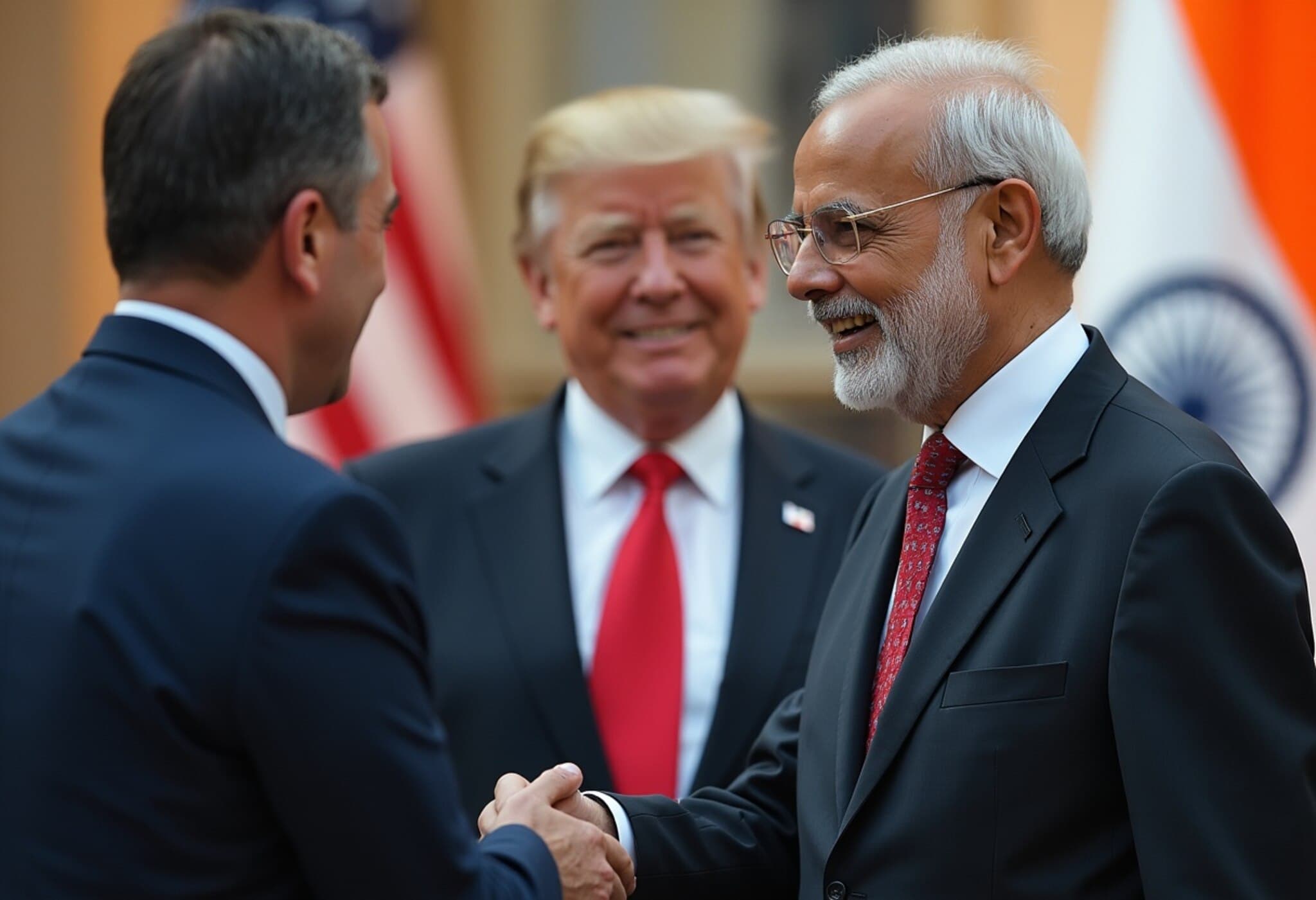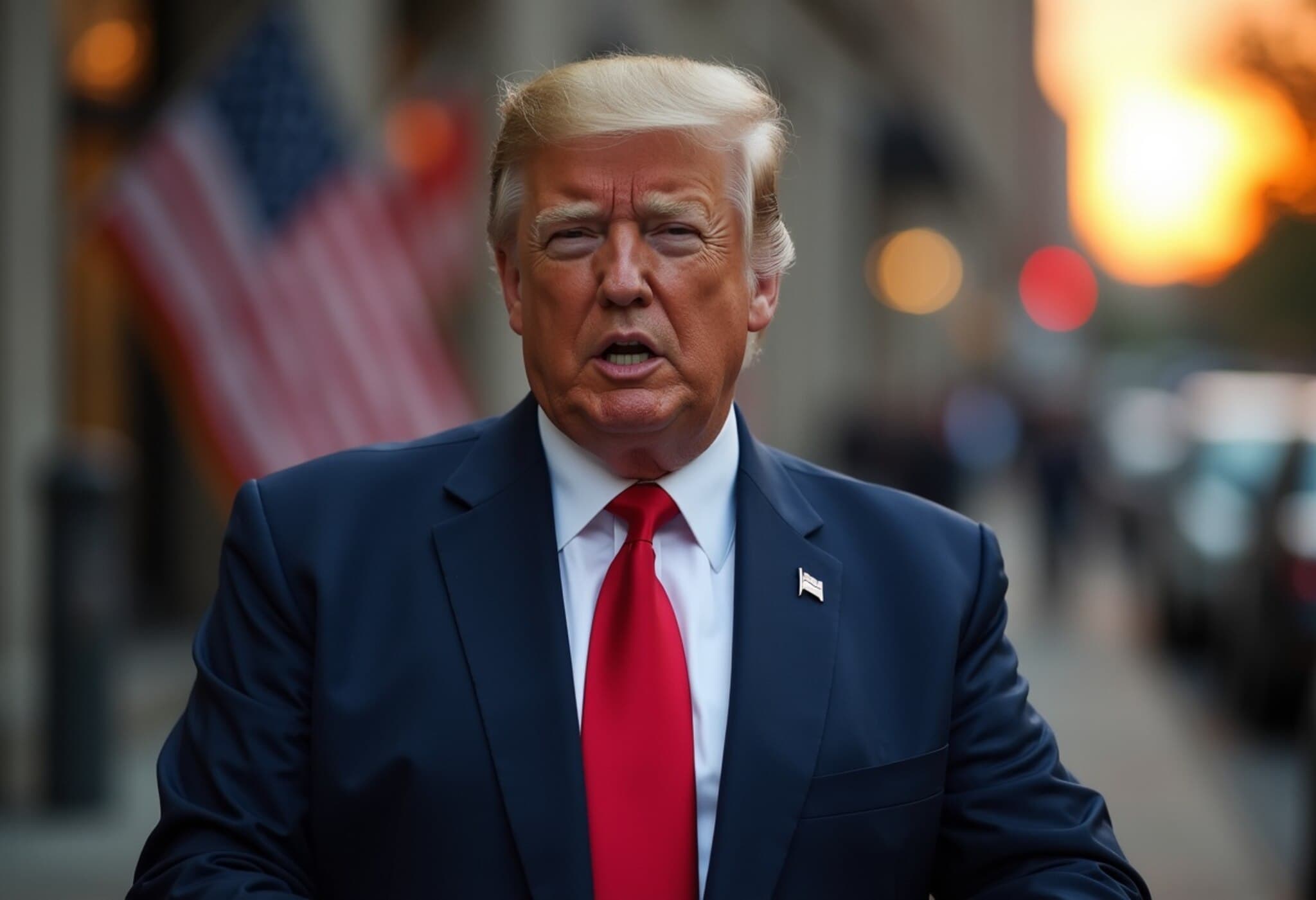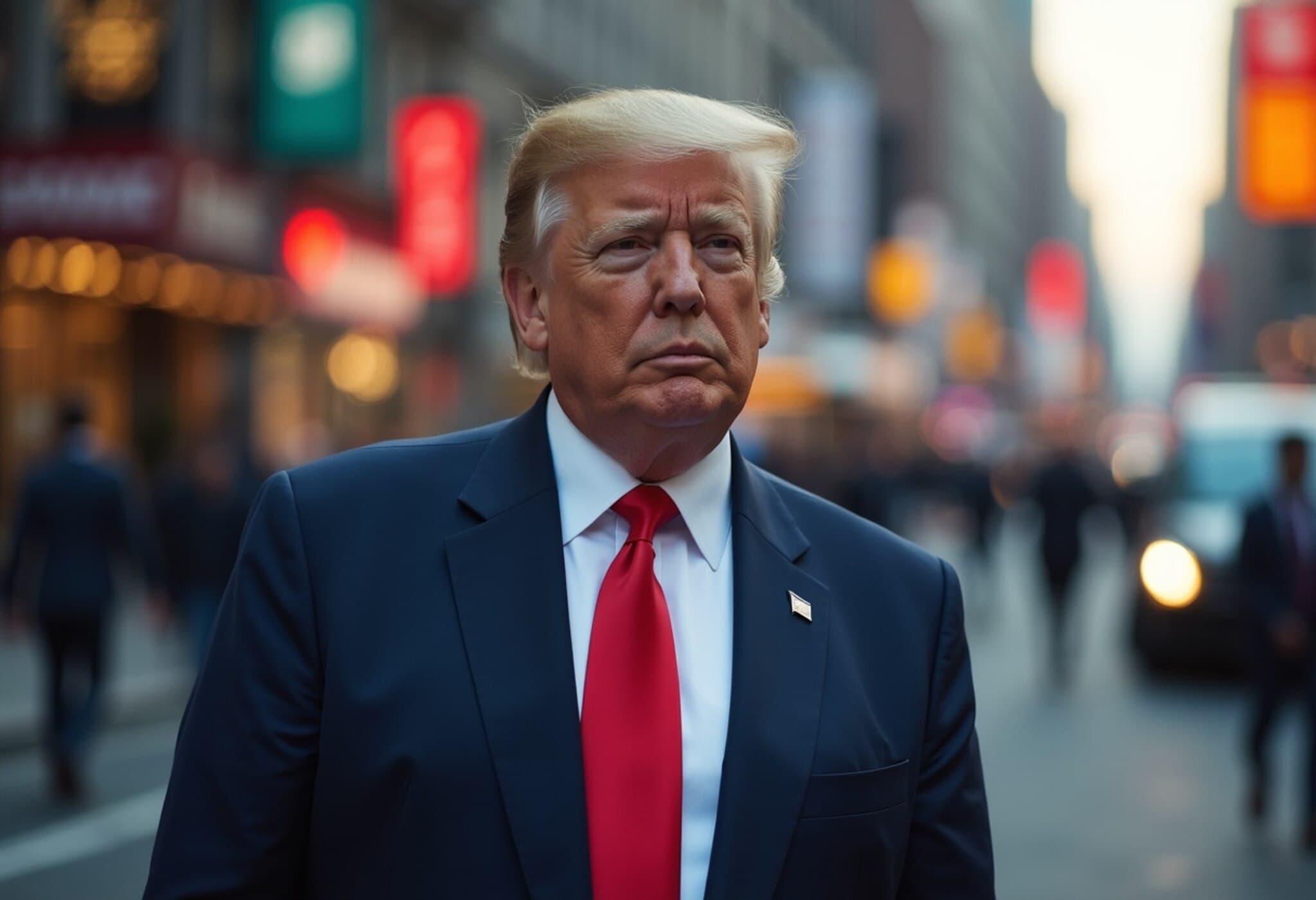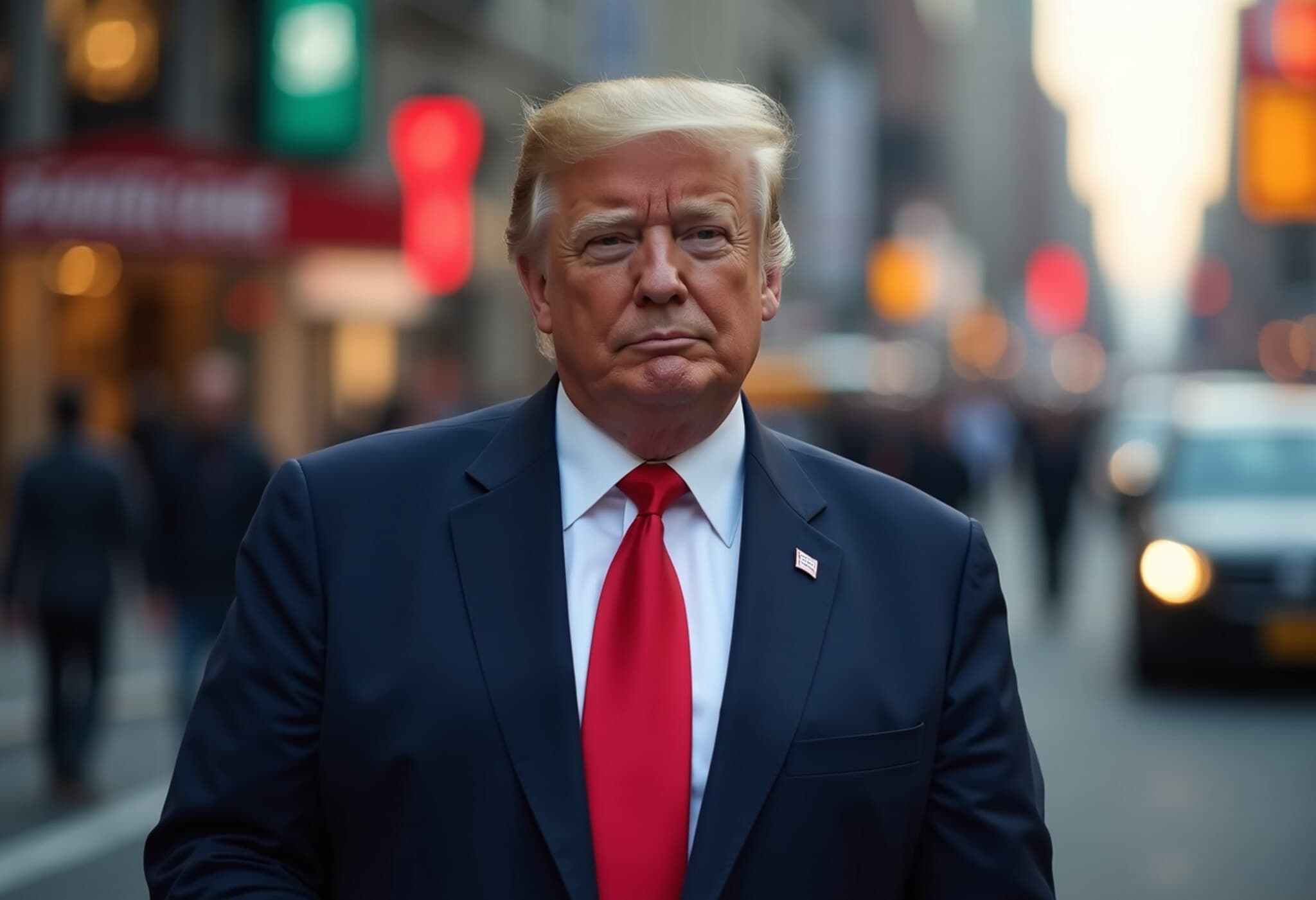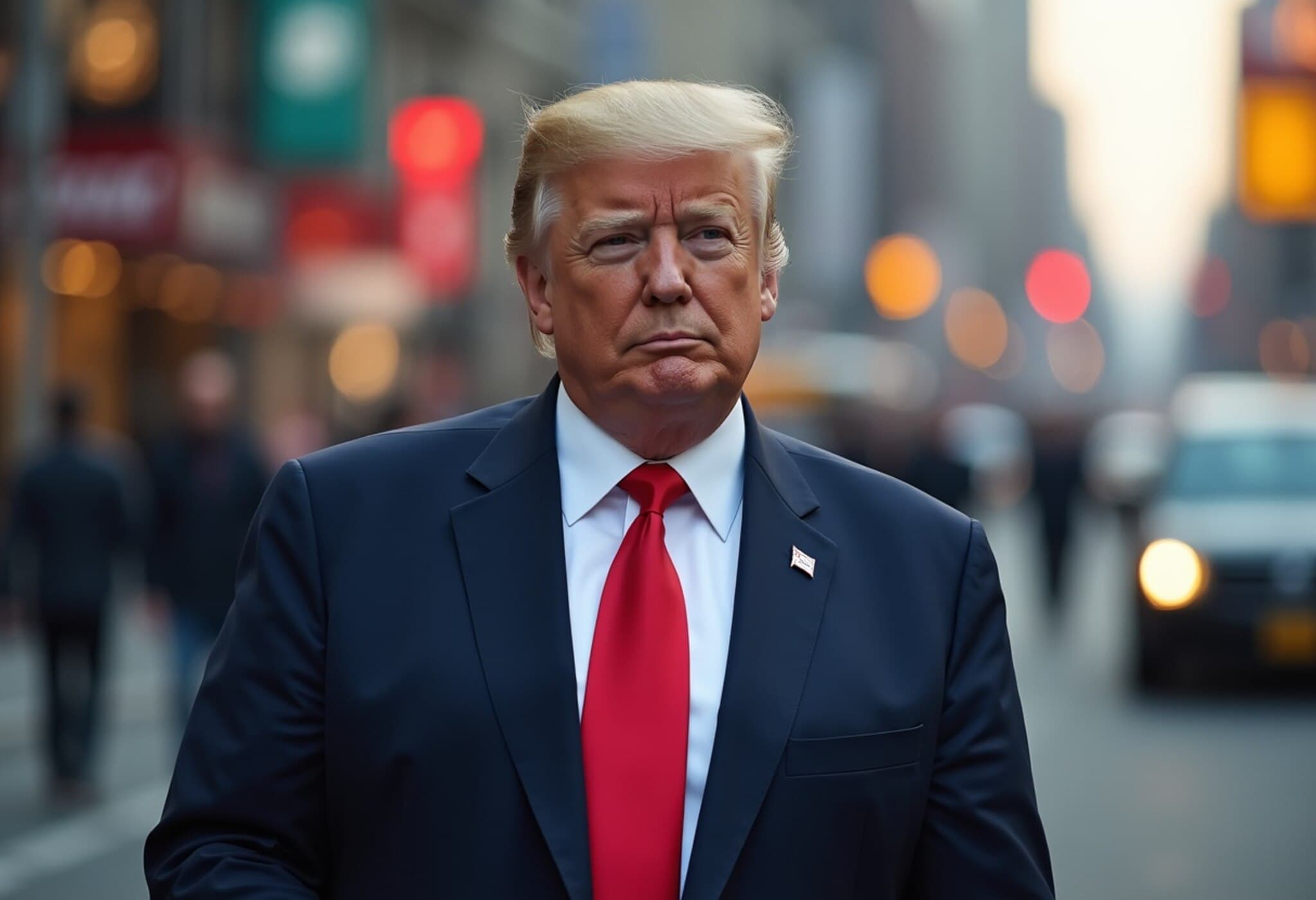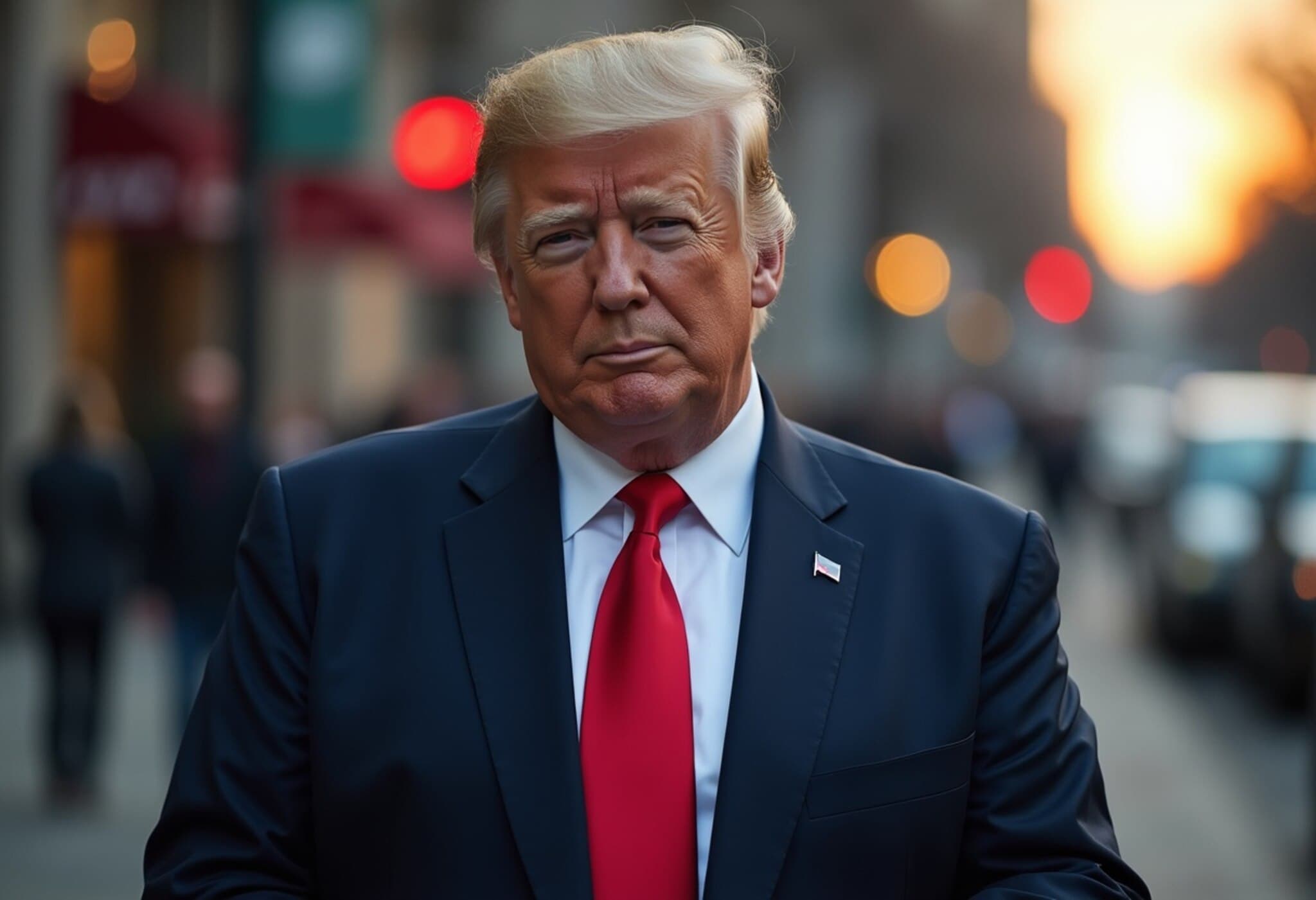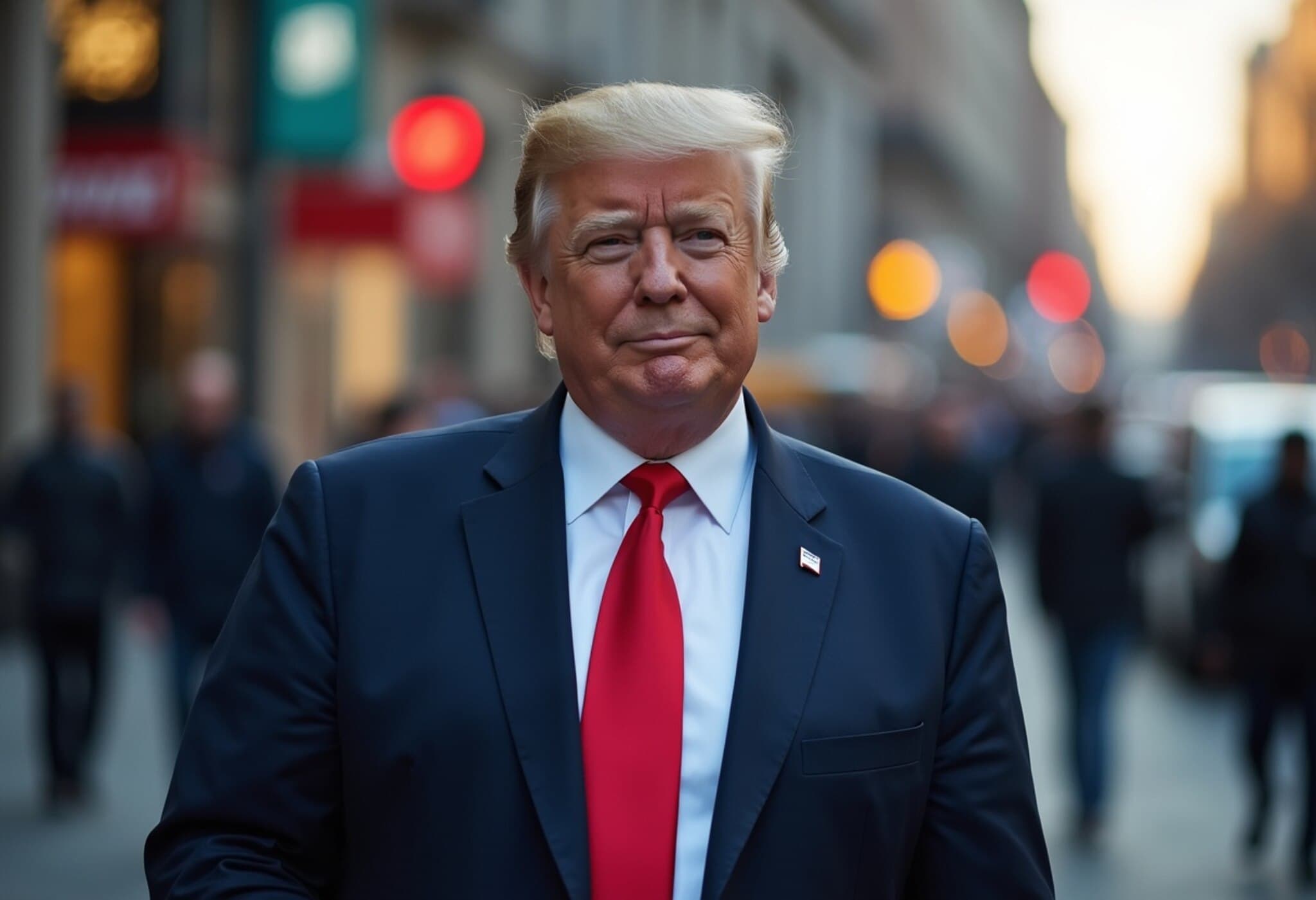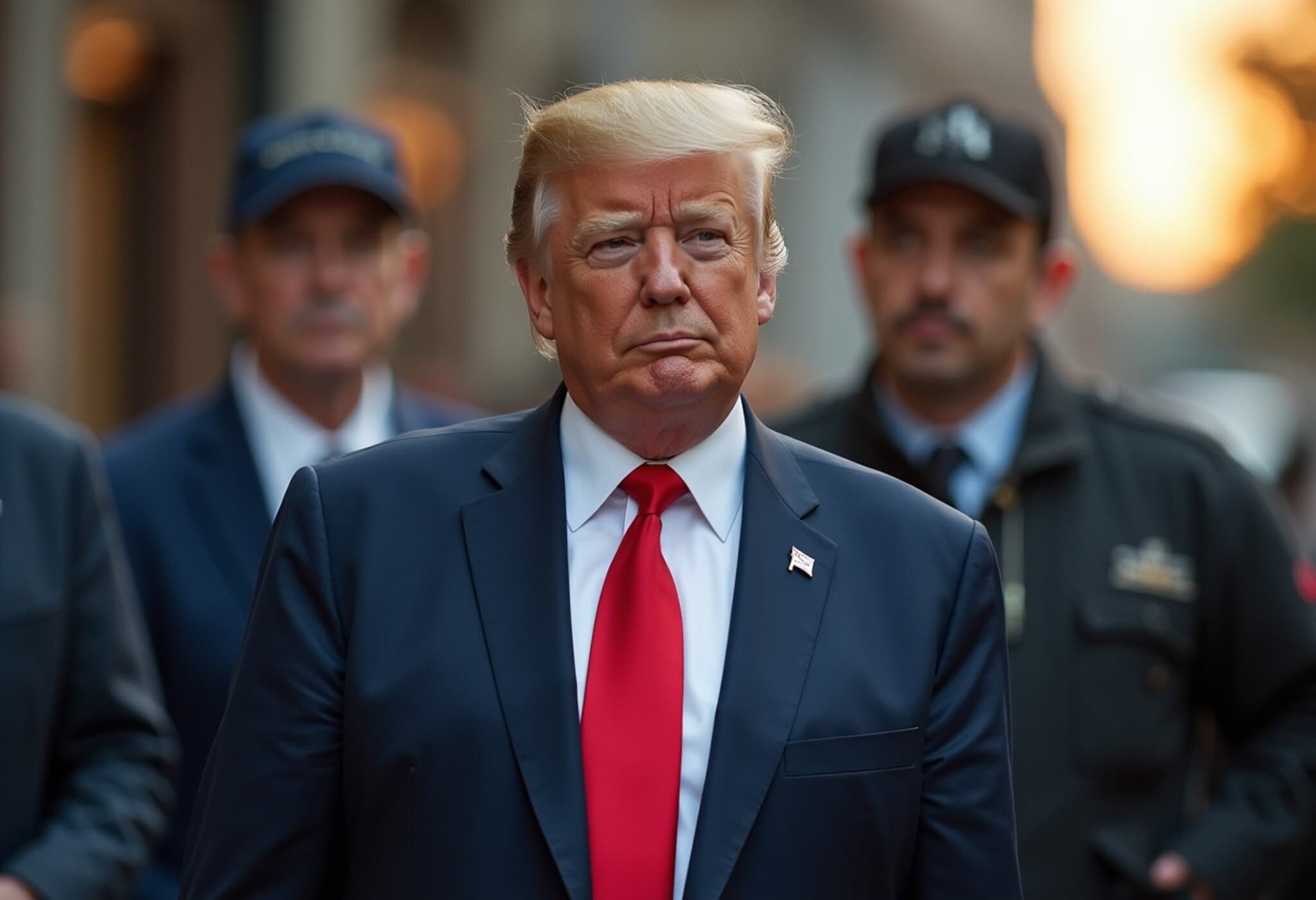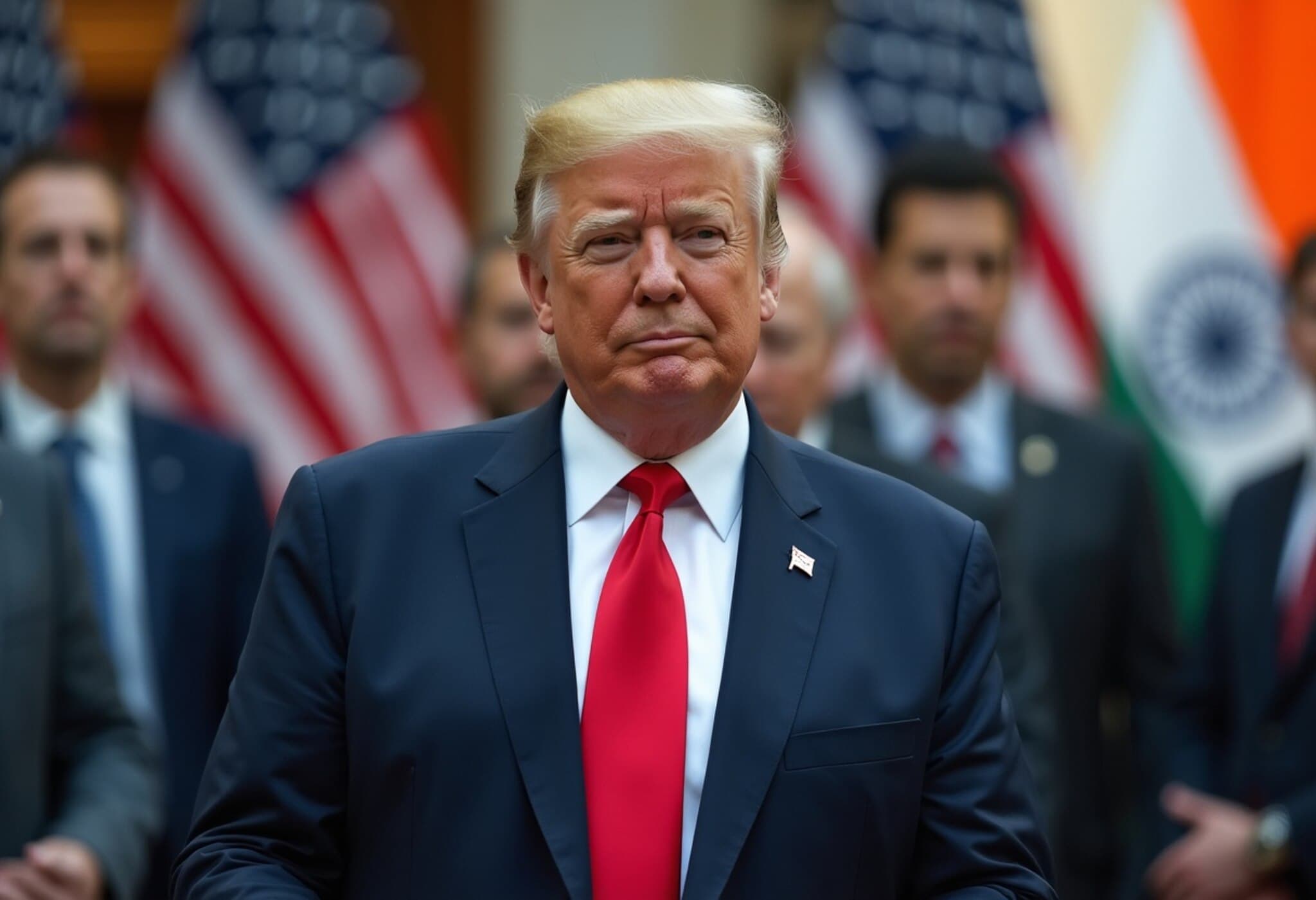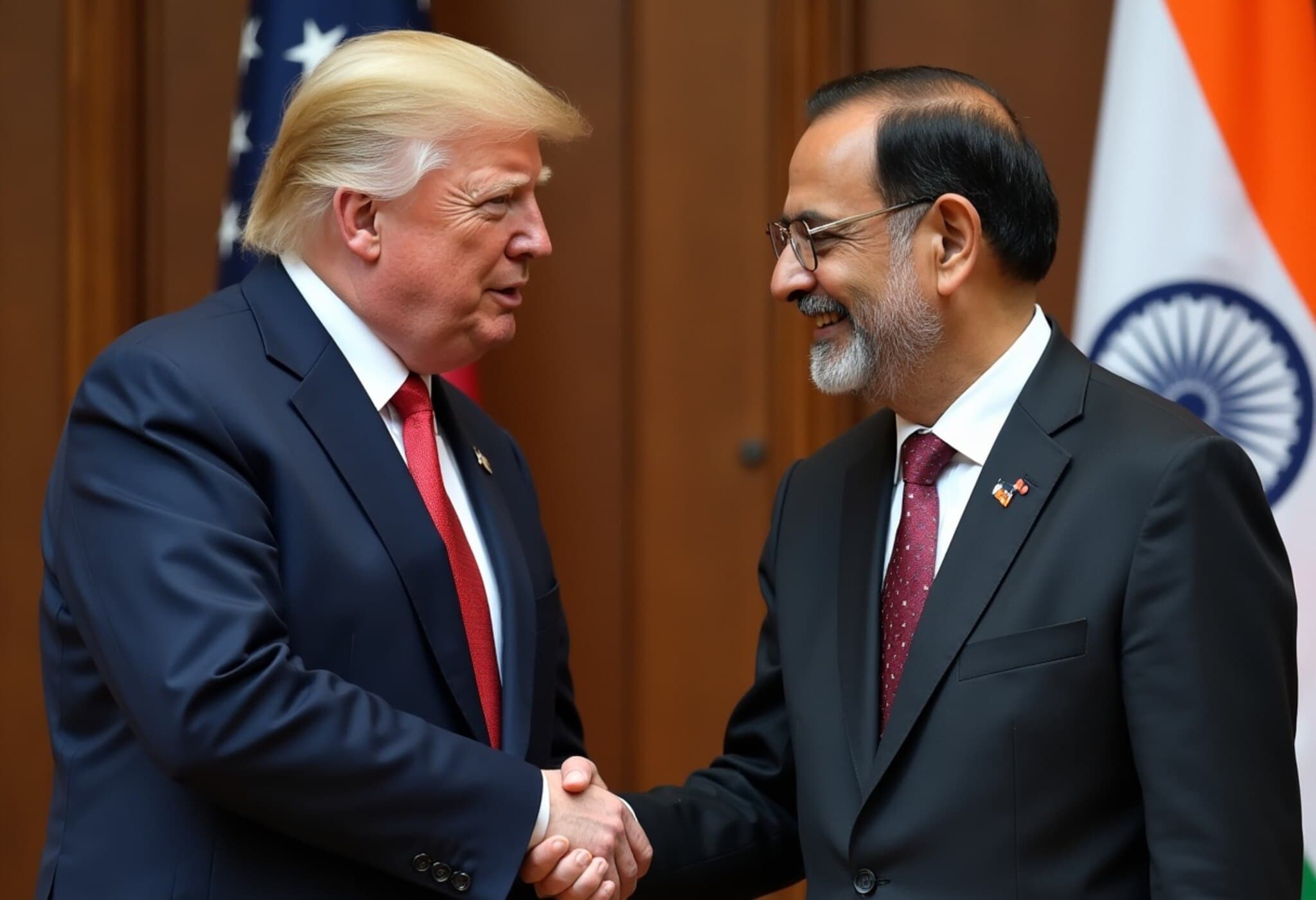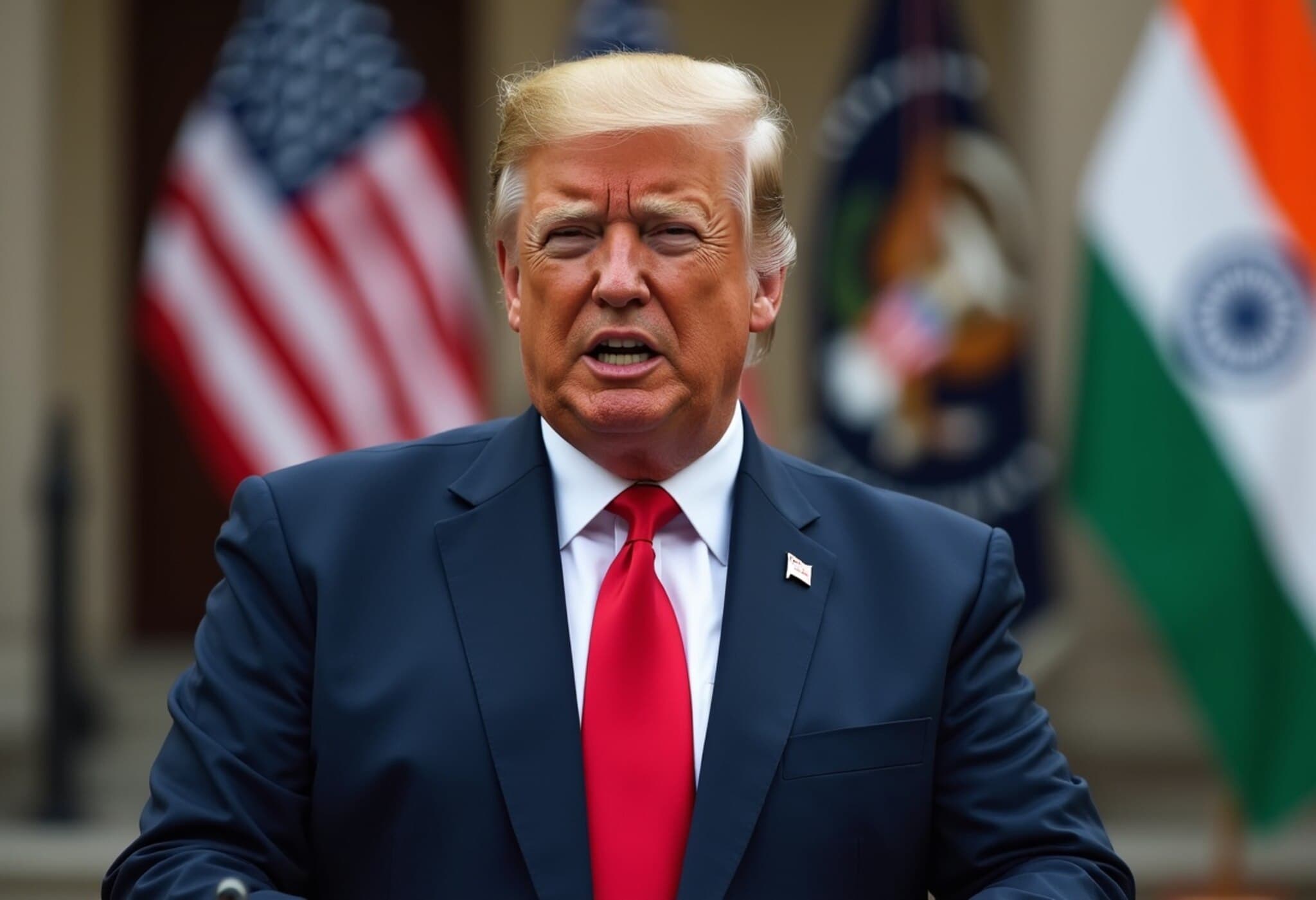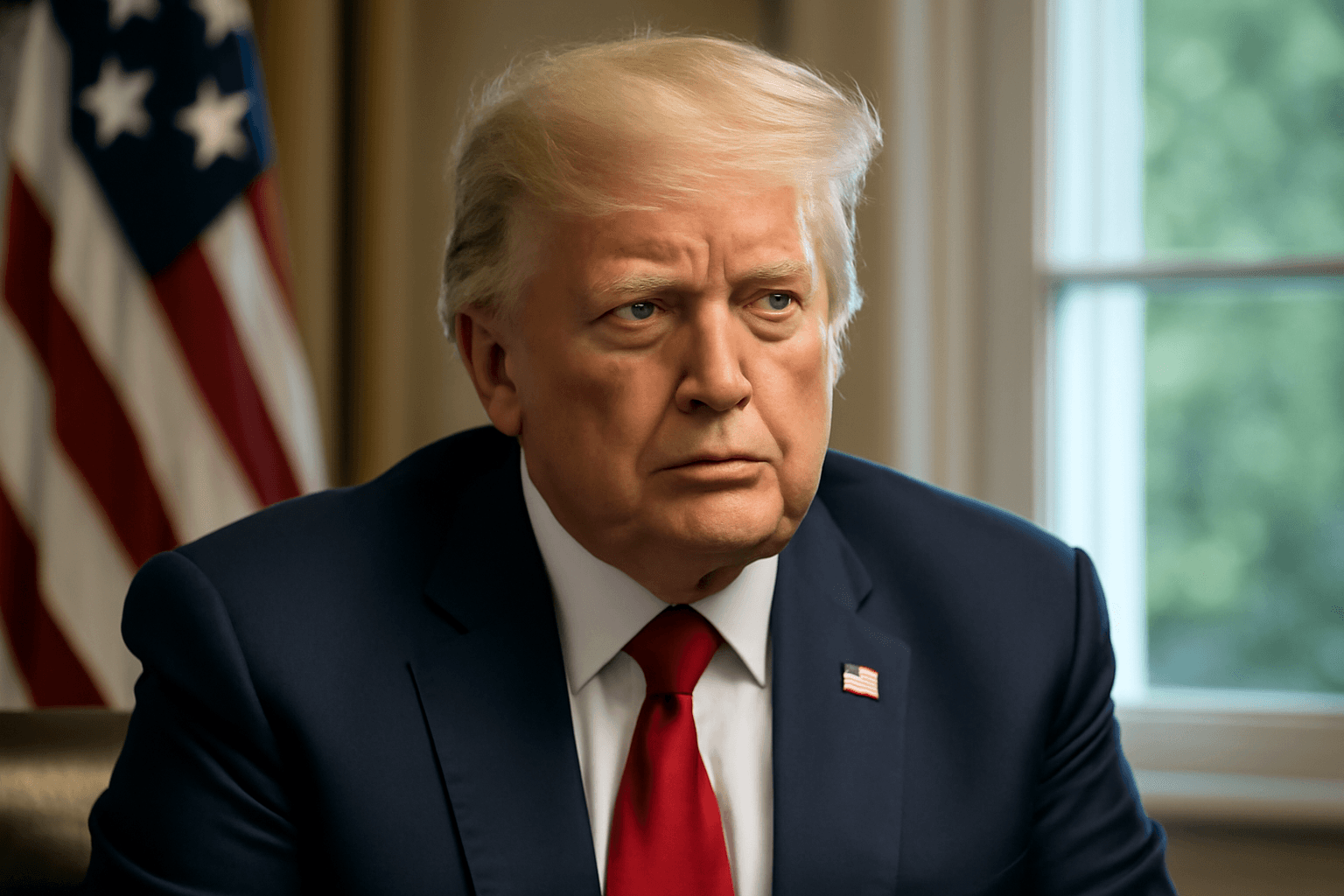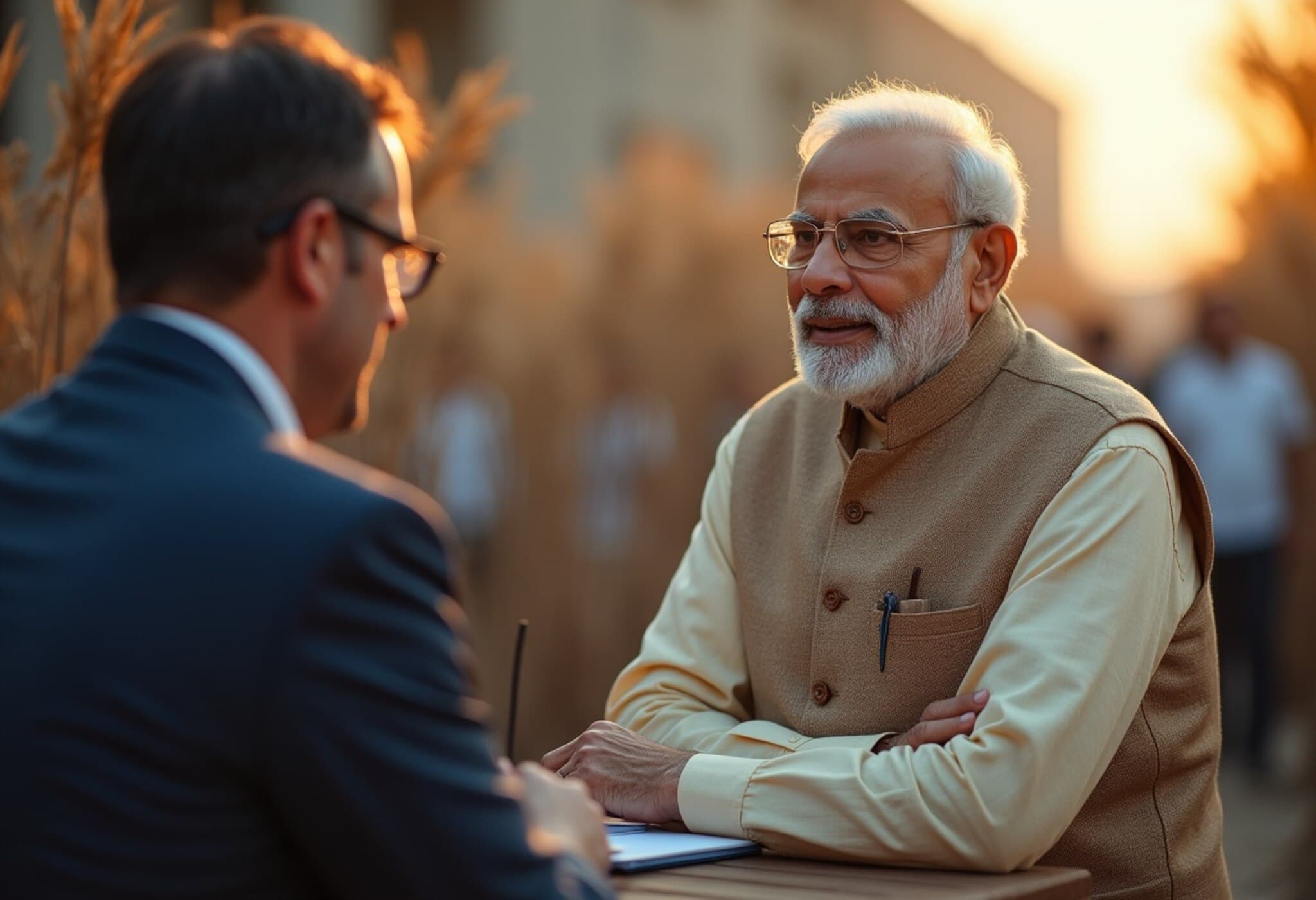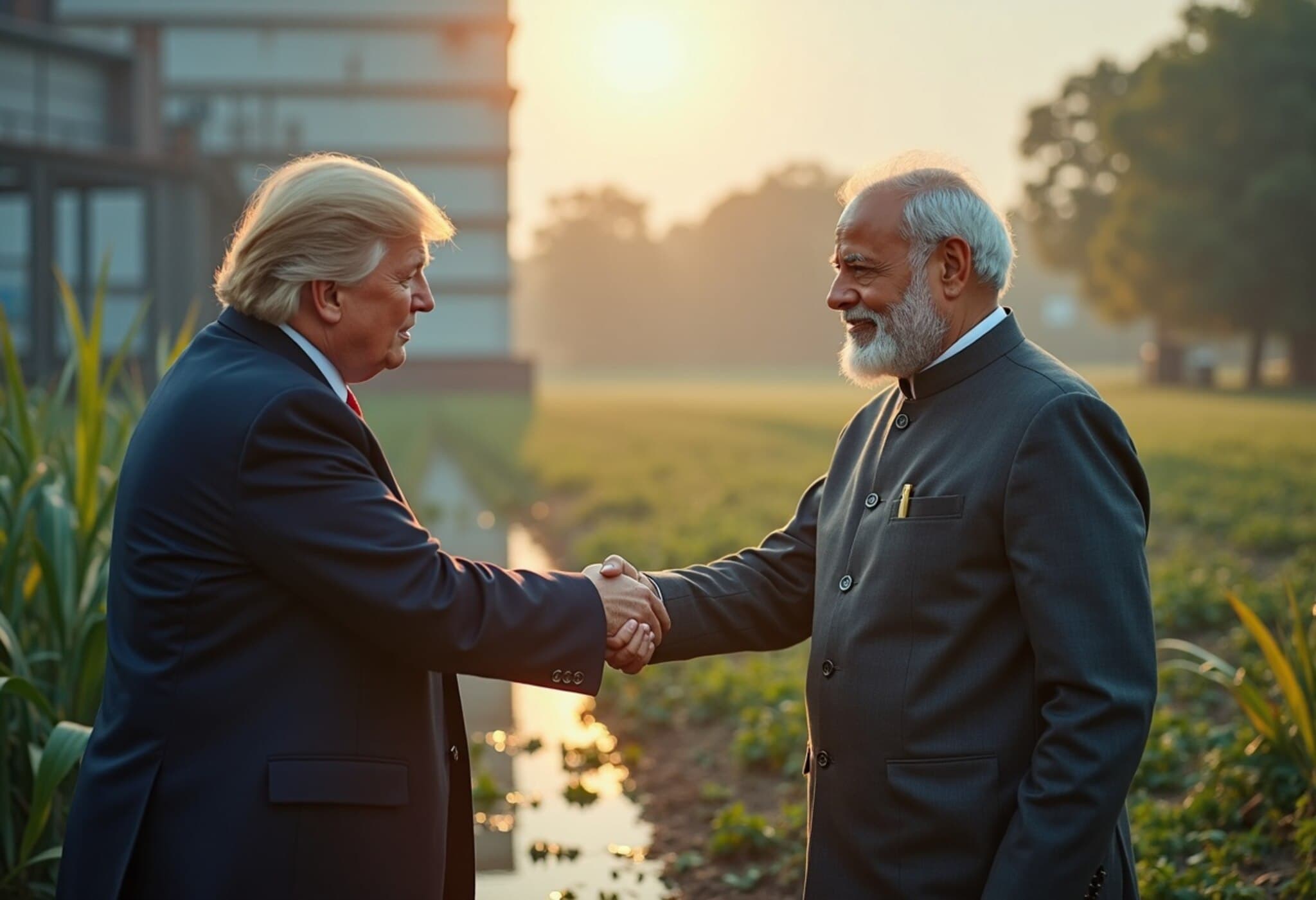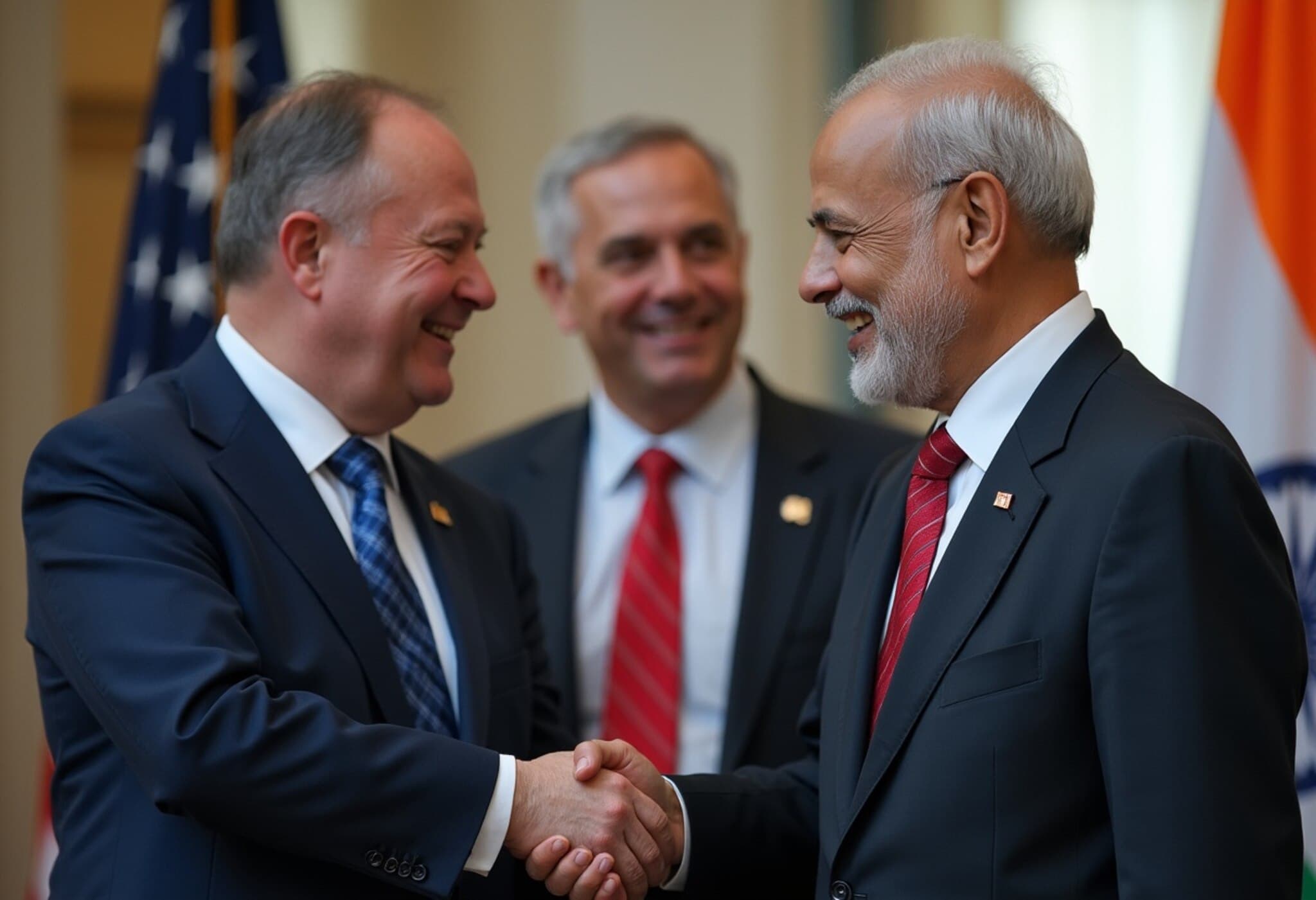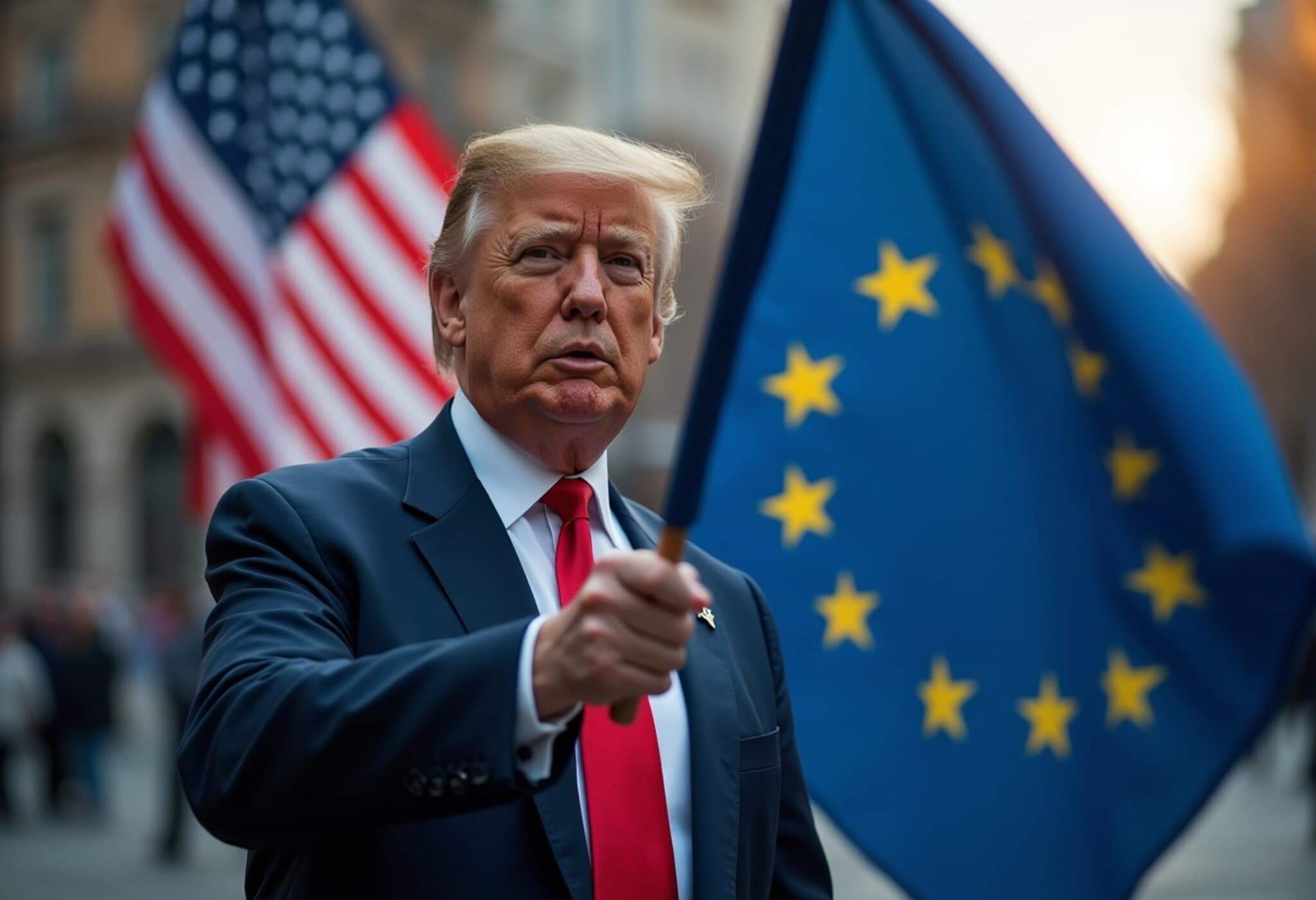US-India Trade Relations Face High Stakes Amid Recent Tariff Impositions
In the evolving landscape of international trade, the United States and India are navigating a complex standoff triggered by the imposition of punitive tariffs. On August 28, 2025, US Treasury Secretary Scott Bessent offered insights into the ongoing dialogue between the two nations, highlighting both tensions and the commitment to find common ground despite recent setbacks.
Bessent’s Candid Assessment of Trade Negotiations
Addressing the media hours after the US tariffs took effect on Indian goods, Bessent remarked, “I think at the end of the day, we will come together. Both sides have concerns on how this will play out and both sides are looking to resolve them. Communication channels are open.” His statement came amid a pause in negotiations, a consequence of the US enforcing a 50% tariff on selected Indian imports.
Bessent asserted that the United States currently holds the leverage in talks, suggesting a strategic upper hand in this economic tug-of-war. However, tensions remain high, particularly due to India’s sustained purchases of Russian crude oil, which the US perceives as contradictory to global energy sanction efforts.
The Complexity Behind the Tariff Standoff
Highlighting the multilayered nature of the US-India relationship, Bessent acknowledged, “This is a very complicated relationship. But President Trump and Prime Minister Modi have very good relationships at that level.” This remark underscores a contrast—the cordial personal ties between the leaders juxtaposed with the fractious trade policies at play.
Experts note that while personal diplomacy fosters a foundation for negotiations, the conflicting strategic interests and economic policies often complicate progress on trade issues.
Projected Timelines and Discontent
Earlier expectations suggested a potential deal between the US and India by mid-2025. However, Bessent expressed frustration with what he described as India’s 'performative' negotiation stance and a perceived stalling tactic, particularly pointing to India’s involvement with the Russian oil market amid ongoing geopolitical sanctions.
Reflecting India’s firm position, External Affairs Minister S Jaishankar responded robustly last week, stating, “If you have a problem buying oil or refined products from India, don’t buy it. Nobody forces you to buy it. Europe buys, America buys, so if you don’t like it, don’t buy it.” This underscores India’s assertion of trade sovereignty and its unwillingness to be coerced over energy procurement.
Domestic and International Implications
Indian Government’s Response to Tariffs
While the tariffs are seen as a significant barrier, Indian officials maintain a pragmatic stance. A Commerce Ministry representative told Reuters that there is no anticipation of immediate relief or tariff delays. In response, the government is ramping up financial aid to exporters affected by the US-imposed duties.
- Encouragement to explore alternative markets: India is strategically targeting around 50 countries across regions such as China, Latin America, and the Middle East to diversify export destinations.
- Focus sectors: Textiles, processed foods, leather, and marine products stand at the forefront of this export market expansion.
Broader Economic and Geopolitical Context
This tariff dispute between two global heavyweights echoes deeper shifts in international trade, energy politics, and strategic alliances. The US’s emphasis on penalizing partners purchasing Russian crude reflects an aggressive stance on sanction enforcement, while India’s stance illustrates the challenges developing economies face balancing geopolitical pressures and national interests.
Moreover, this conflict raises key questions about the future trajectory of the US-India partnership, often hailed as a cornerstone for regional stability in Asia and a counterbalance to other global powers.
Expert Insights
Trade analysts suggest that while the tariff standoff is a setback, it is unlikely to sever the US-India economic partnership permanently. History shows that trade disputes, even intense ones, can be resolved through careful diplomacy and mutual economic benefit recognition.
Furthermore, energy market adaptations and the rise of alternative suppliers could reshape negotiation dynamics. For US businesses, increased tariffs could mean higher costs and supply chain disruptions, while Indian exporters face urgent pressure to recalibrate their international strategies.
What Lies Ahead?
Both nations appear committed to maintaining dialogue and seeking solutions, but the road to resolution may be protracted and fraught with political, economic, and strategic complexities. Stakeholders from policymakers to business leaders will be closely watching developments, as outcomes here could set precedents for global trade relationships in an era marked by nationalistic policies and geopolitical tensions.
Editor’s Note
The ongoing US-India tariff standoff is more than a bilateral trade dispute — it is a window into the challenging balance between geopolitics, economic interests, and international diplomacy in 2025. While personal rapport at the highest levels offers hope, the divergent priorities on energy sourcing and trade protections test this relationship's resilience. Observers should watch whether both countries can translate communication into meaningful agreements or if economic nationalism will reshape this pivotal partnership.

